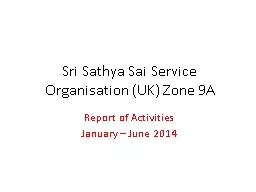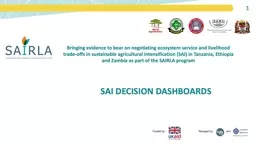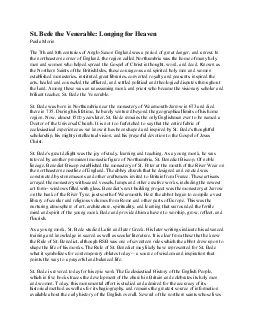PPT-Sai , John Benedict M.
Author : olivia-moreira | Published Date : 2016-08-08
IV BSCT Philippine Normal University Animal Toxins Some Things To Remember Toxicology Branch of science that deals with the properties and characteristics of foreign
Presentation Embed Code
Download Presentation
Download Presentation The PPT/PDF document "Sai , John Benedict M." is the property of its rightful owner. Permission is granted to download and print the materials on this website for personal, non-commercial use only, and to display it on your personal computer provided you do not modify the materials and that you retain all copyright notices contained in the materials. By downloading content from our website, you accept the terms of this agreement.
Sai , John Benedict M.: Transcript
Download Rules Of Document
"Sai , John Benedict M."The content belongs to its owner. You may download and print it for personal use, without modification, and keep all copyright notices. By downloading, you agree to these terms.
Related Documents














